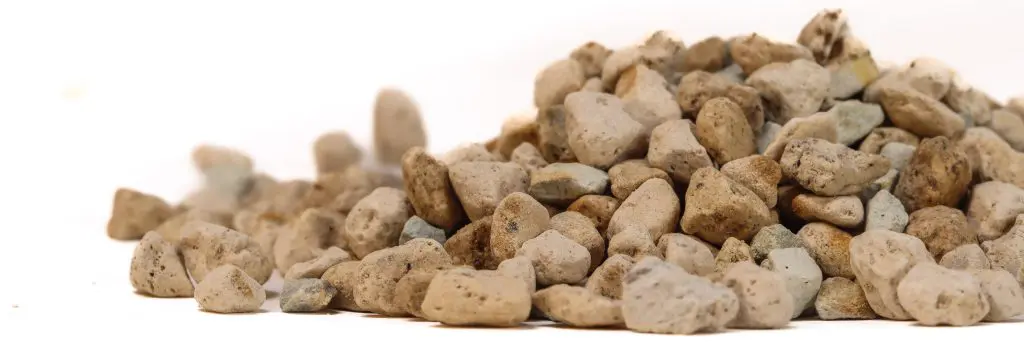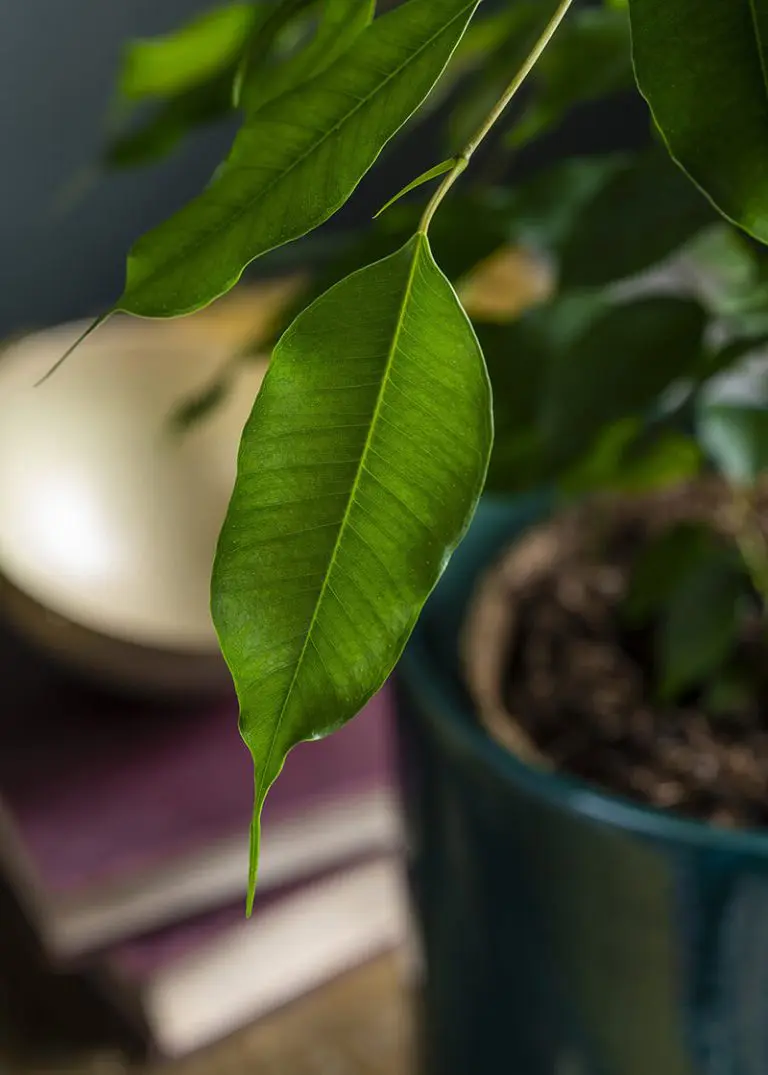A little dilute fertilizer should be added to the water every time you water the plant.




The Creeping Fig, also known as Ficus pumila, is a small creeping member of the fig family that is often sold as a hanging or trailing plant.
Latin name
Ficus pumila (Green) (Trailing)
Pronunciation
(“FY-kus pew-MIL-ah”)
Common name
Ficus pumila
Origin
China, Japan, Korea, Laos, Myanmar, Taiwan, Vietnam
In the wild, it spreads across the ground and also climbs up trees and walls – aided by secretions of sticky latex that harden and set like glue, sticking the plant to the surface.
Ficus pumila has small leaves (pumila means ‘dwarf’) and some varieties are attractively variegated. The plant is also surprisingly hardy and can survive in temperatures down to approx. 5C.
Did you know?
Unlike most figs, this plant is a vigorous climber, often used to create lush green walls or ground cover.
Ficus pumila is toxic to pets and humans if ingested. Its milky sap can cause skin irritation, mouth discomfort and stomach upset in cats, dogs and people.
caring for your plant

Light
Medium-low to high light. Avoid direct sunlight.

Watering
Keep soil moist but not wet. The soil should be allowed to dry out a little between watering. Ficus pumila also benefits from misting with tepid water to reduce the risk of spider mites and to keep the foliage looking fresh.

Pruning
The plant can be cut back at any time to manage its shape and size. Dead and dried leaves should be pinched out as they occur.

Feeding

pest & diseases
Keep a lookout for two-spotted spider mites and mealybugs, both of which can be removed by cleaning (a wash down with a hose pipe, or under a shower – not too strong – is quite effective) or by cutting away any affected foliage.
Our plants are grown in Ecoponic, an alternative to soil. Officially known as a vulkaponic substrate, it replaces traditional compost with a clean, mineral-based medium that helps protect peatlands.
According to the IUCN UK Peatland Programme, “A loss of only 5% of UK peatland carbon would be equal to the UK’s annual greenhouse gas emissions.” As well as storing carbon, the natural wetlands where peat is found are critical to the survival of plants and wildlife. Ecoponic also improves plant health and uses water more efficiently.
Find out more about Ecoponic here.


Buy one of my cousins from the nursery
Did you know?
Research from the University of Exeter found that offices with plants can increase productivity by up to 15% while also improving concentration and job satisfaction.
Plantopedia is brought to you as part of our Engage & Bloom workplace experience program.
explore more
Why not continue your journey through the plant world. Explore more plants, their stories, habitats and the benefits they bring to spaces.






